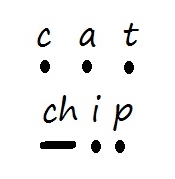Lack of blog posts recently...
I'm sorry for the lack of posts recently! It's just been such a manic couple of weeks/month! With placement which was brilliant - I had year two which was lovely as they were just finding their feet as a class but still found everything quite new and exciting. Then our assignment which was on high quality teaching and learning in core subjects supported by recent experience and academic reading, presented as a portfolio of work whilst trying to ensure I actually referenced correctly! And finally other aspects of Uni life such as actually finding a fork amongst the mass of dirty grimy things in the kitchen - Honestly... you would be appalled! Plus having a social life and going out or round friends for film nights or halo nights! So all in all it's been a manic couple of weeks but I wouldn't have it any other way! Watch this space for any updates as I'll be catching up on blogging over these holidays :)
.JPG)








